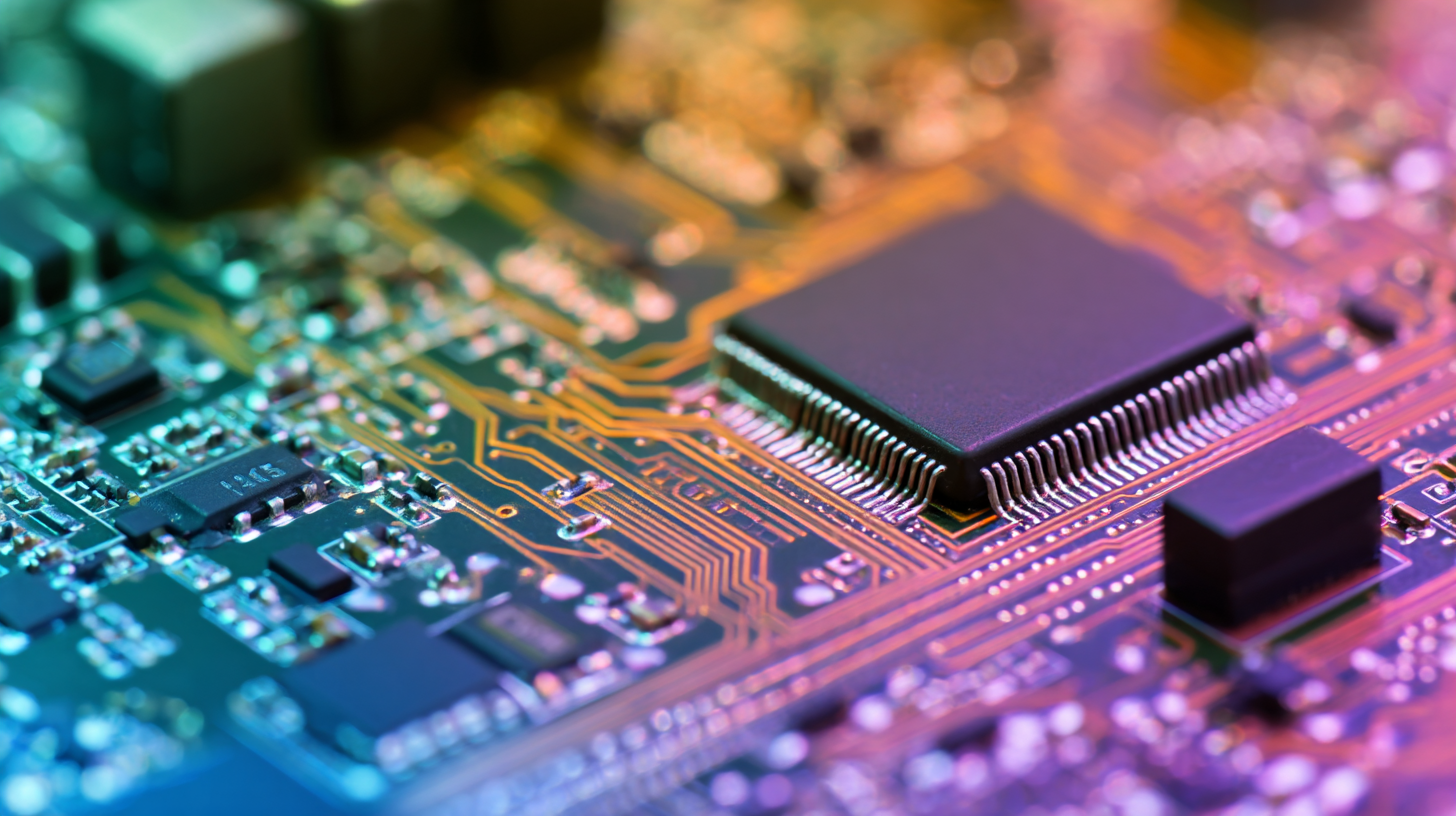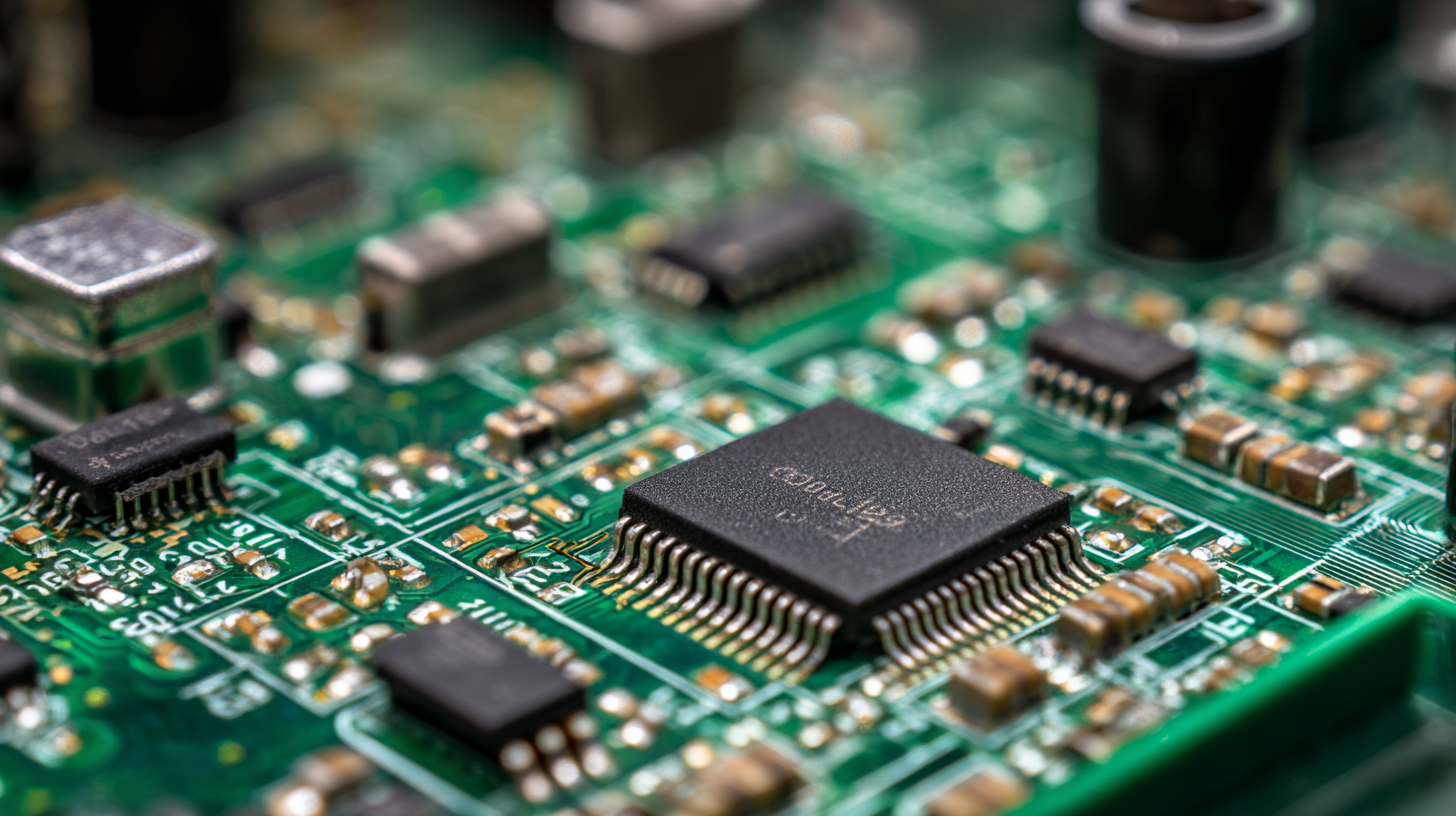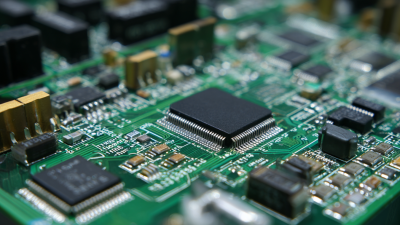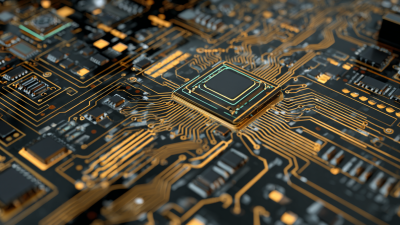30+ Years of Experience in PCB Design and Manufacturing
In the rapidly evolving electronics industry, optimizing the PCB prototype design and production process is critical for companies seeking to maintain a competitive edge. According to a recent report by IPC, the global printed circuit board market is expected to reach $85 billion by 2027, reflecting a compound annual growth rate (CAGR) of 3.7% from 2020. To capitalize on this growth, companies must prioritize efficiency and innovation in their PCB prototype processes.

Industry expert Dr. Sarah Johnson, a leading authority in PCB manufacturing, emphasizes that "the key to successful product development lies in how well you optimize your PCB prototypes. Streamlining these processes can significantly reduce time-to-market and enhance overall product quality." By implementing effective design strategies and adhering to best practices, manufacturers can minimize errors, reduce costs, and accelerate product delivery.
In light of these insights, this article presents ten essential tips that will guide professionals in optimizing their PCB prototype design and production processes. By leveraging industry knowledge and focusing on innovation, companies can ensure their PCB prototypes not only meet quality standards but also drive successful product launches in an increasingly competitive landscape.
When it comes to PCB prototype design and production, proper component selection plays a pivotal role in managing costs. By carefully choosing the right components, designers can potentially reduce prototype expenses by up to 30%. This doesn’t just streamline the production process but also enhances the overall performance and reliability of the PCB.
One key tip for optimizing your PCB design is to prioritize components with a proven track record. This minimizes the risk of delays or failures during production. Additionally, leveraging the right software tools can simplify the decision-making process when selecting components. For instance, utilizing stackup planning tools can help ensure that the selected components fit well within the design constraints, thereby preventing costly adjustments later on.
Another essential tip is to consider component availability. By selecting widely-used components, you can avoid supply chain issues that often lead to unexpected costs. This approach not only aids in faster prototyping but also aligns the production process with market demands, making it easier to scale up manufacturing when your design is ready for mass production.
| Tip Number | Optimization Tip | Impact on Cost | Estimated Cost Reduction (%) |
|---|---|---|---|
| 1 | Choose components with lower lead times | Faster production | 10% |
| 2 | Utilize standard component sizes | Reduced manufacturing complexity | 15% |
| 3 | Avoid obsolete components | Lower risk of shortages | 20% |
| 4 | Optimize circuit layout for space saving | Reduced PCB size | 25% |
| 5 | Select dual-use components | Streamlined inventory management | 30% |
Using simulation software can significantly enhance the efficiency and accuracy of PCB design. By allowing engineers to run virtual tests, simulation tools help identify potential design flaws before physical prototypes are created. This process not only saves time but also reduces costs associated with manufacturing mistakes. Engineers can tweak their designs based on simulation results, ensuring that the final product meets both functional and technical specifications.
Moreover, simulation software facilitates better collaboration among design team members. Engineers can share simulations with stakeholders to gather feedback early in the design process, which fosters a more iterative and informed decision-making environment. This collaborative approach ensures that all aspects of the PCB design, from electrical performance to thermal management, are thoroughly evaluated, leading to a more robust and reliable final product. Ultimately, integrating simulation tools into the PCB design process streamlines workflows and enhances overall project outcomes.
When it comes to PCB prototyping, adhering to design for manufacturability (DFM) principles is paramount for ensuring a smooth production process and reducing costs. One of the key areas to focus on is minimizing the complexity of your design. By simplifying circuit layouts and reducing the number of layers, you can not only facilitate easier manufacturing but also enhance reliability. It's crucial to utilize standardized components whenever possible. This approach not only streamlines procurement but also ensures consistency across different prototypes.
Additionally, thorough communication with your manufacturing partner early in the design phase can make a significant difference. Provide them with comprehensive design specifications, and ask for feedback on potential manufacturing challenges. Incorporating their insights can lead to adjustments that improve the overall manufacturability of your PCB prototypes. Lastly, consider implementing rigorous design reviews, where you examine not just functionality but manufacturability aspects, thus ensuring that every element of your design is optimized for the production environment. Emphasizing these DFM practices can greatly enhance the efficiency and success of your PCB prototyping efforts.
Iterative testing plays a pivotal role in enhancing the reliability and performance of printed circuit boards (PCBs). As the complexity of PCB designs continues to escalate, particularly with the rise of sophisticated systems like e-bikes and advanced Wi-Fi technologies, the importance of thorough testing becomes more pronounced. Industry reports suggest that nearly 70% of PCB failures can be traced back to design flaws, underscoring that an iterative testing approach not only identifies these issues early but also facilitates necessary design modifications before mass production.
Furthermore, advancements in automated testing equipment, as seen in recent upgrades at manufacturing facilities, have enabled quicker and more precise evaluations of PCB prototypes. With testing methodologies becoming increasingly smart, organizations are able to analyze performance metrics closely, ensuring that eventual products meet high standards of quality and functionality. As an example, recent challenges highlighted in the PCB assembly sector emphasize the necessity for robust testing protocols to navigate the complexities of modern electronic components and ensure long-term reliability in final products.

In the world of PCB prototyping, adopting lean manufacturing principles can significantly streamline production processes. Lean methodologies focus on minimizing waste while maximizing value, which is essential for efficient PCB design and manufacturing. By implementing practices such as value stream mapping, teams can identify bottlenecks in their current workflows and eliminate non-value-added activities. This approach not only accelerates production timelines but also enhances overall product quality.

Furthermore, fostering a culture of continuous improvement is vital in the PCB production landscape. Engaging all team members in regular feedback loops can lead to innovative solutions that refine processes and reduce costs. Techniques like Kaizen workshops empower employees to contribute to incremental changes that cumulatively result in substantial improvements. By prioritizing efficiency and quality through lean principles, organizations can not only speed up their PCB prototyping process but also better position themselves in a competitive marketplace, ensuring their products meet the evolving demands of technology.






